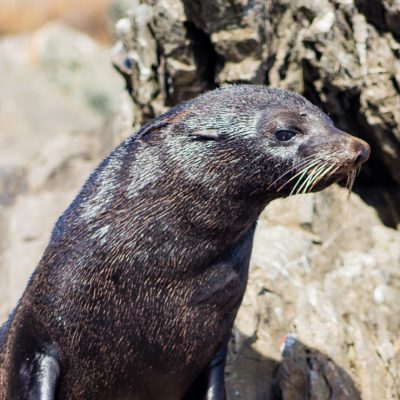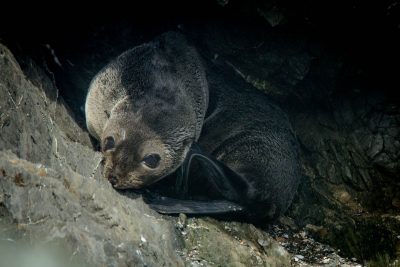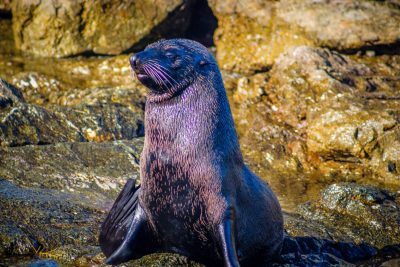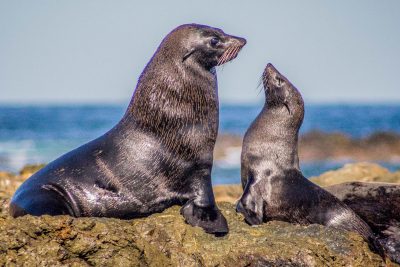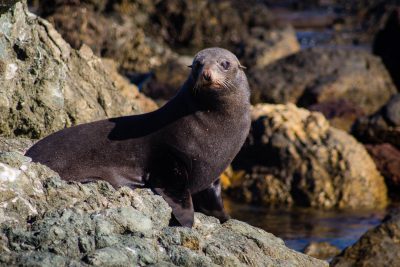Record-breaking heatwaves, aquatic biodiversity, and human communities: BC and beyond
We brought together leading experts in climatology, oceanography, aquatic ecology, and fisheries to share their knowledge about heatwaves and their impacts on biodiversity and dependent human communities.
Guadalupe fur seals continue to recover as new colony discovered
New colony of Guadalupe fur seals discovered on El Farallón de San Ignacio Island, Gulf of California
Scientists to monitor site
Scientists want to monitor the seals’ growth, body conditions, age and sex-composition, and breeding potential, to ensure that this vulnerable species continues to escape extinction.Photo: Andrew Trites
Another established resting site
Now another established resting or “haul-out” site has been found on El Fallarón de San Ignacio Island on the eastern side of the Gulf of California. Photo: Jorge Paul Orduño García
Only one breeding location
There is only breeding location for these seals on Guadalupe Island, in the Pacific Ocean, with another established haul-out nearby on the San Benito Islands. Photo: Jorge Paul Orduño García
“Eared” seals
Dark brown to grayish-black, Guadalupe fur seals are members of the ‘eared seal’ family (Otariidae), and have visible earflaps (pinnae). Photo credit: Luis M Burciaga
Artisan fishers near El Fallarón de San Ignacio Island
El Fallarón de San Ignacio Island on the eastern side of the Gulf of California, is also an important artisan fisheries site, and researchers want to monitor the area closely so that no conflict occurs. Photo credit: Photo: Jorge Paul Orduño García
Sexual dimorphism in Guadalupe fur seals
Sexual dimorphism – males being larger than females – in Guadalupe fur seals. Photo credit: Luis M Burciaga
Guadalupe fur seal
Hunted nearly to extinction for their fur, these seals have increased in number since the 1950s. Photo credit: Luis M Burciaga

